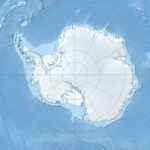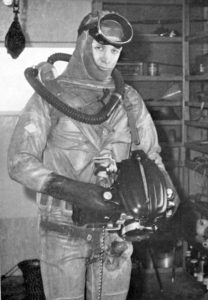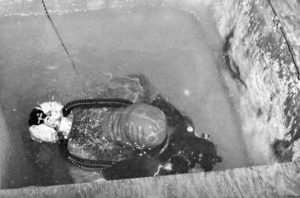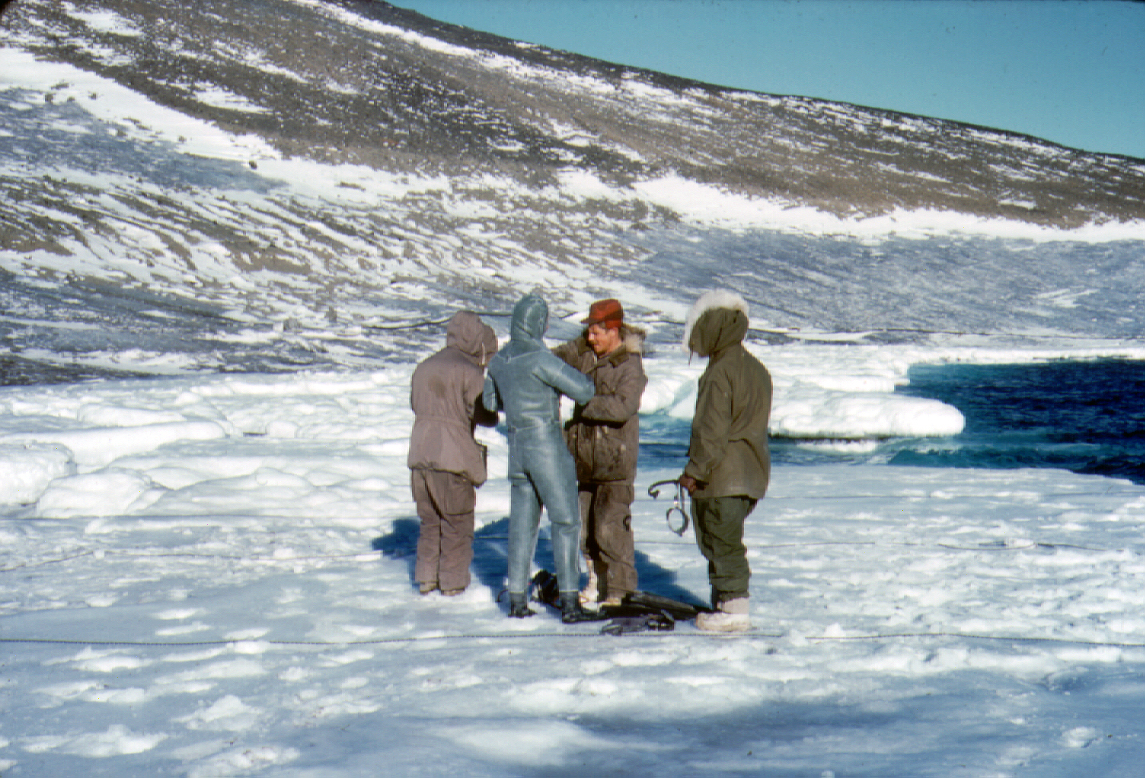Aquala- Diving the Antarctic Since 1961
Aquala Stories of Exploring the Antartic by Ty Alley
A few years ago, Peter Brueggeman contacted me with something that he said I might find of interest.

Peter Brueggeman
Peter, who is now retired, was the library director for Scripps Institution of Oceanography, and through contacts made there, he went to the McMurdo Research Station in Antarctica, where he first gained exposure to diving under the ice. Peter’s focus was assisting famed underwater photographer and filmmaker, Norbert Wu (whom Peter had met when Norbert Wu was a graduate student at Scripps) to document and open up a world that so few had ever seen. Norbert’s work resulted in a published book, an article in National Geographic and a documentary aired on the Public Broadcasting Service (PBS) here in the United States.
Peter’s focus was assisting famed underwater photographer and filmmaker, Norbert Wu (whom Peter had met when Norbert Wu was a graduate student at Scripps) to document and open up a world that so few had ever seen. Norbert’s work resulted in a published book, an article in National Geographic and a documentary aired on the Public Broadcasting Service (PBS) here in the United States.
Upon returning and back at the Scripps Institution library, Peter was approached by the professor, and fellow Antarctic diver Paul Dayton. Intrigued by Peter’s recent Antarctic diving, Paul began recounting his days of diving at McMurdo and encouraged Peter to compile and document the history of diving in that region. Names of fellow researchers like Verne Peckham, John Bunt, and Jerry Kooyman were tossed about, and soon Peter began his work. By this time nearly 40 years had passed since those early days of Dayton’s work at McMurdo, and many of those early divers had since passed. However, Peter was able to find several early divers, and one was Verne Peckham. Peckham was a wealth of knowledge, but unfortunately, all of his photographs, journals and notes had been lost in a fire. What Peter was looking forward to discovering most, Peckham’s photographs had seemingly been lost to time. That trail was now cold, so Peter continued with his research. Shortly after that, Verne Peckham passed away.
Like many things that are seemingly dead ends, oftentimes they don’t stay dead, and they beg to be discovered. This was such a case.

Inside the dive shack.
A few years later, Peter was doing his volunteer diving at Birch Aquarium at Scripps. That’s when he crossed paths with a dive tender volunteer named Richard Harden. While preparing for a dive, they struck up a conversation about Peter’s Antarctic diving research, and Richard began telling of his time at McMurdo while in the Navy. Richard began to recall names from long ago, and there was one name of particular interest to Peter, Verne Peckham. See Richard knew Verne and had hung around on some of Peckham’s dives, during his time off from Navy duties. Not only did he observe the diving operations, he also took pictures. Pictures that helped complete Peter’s research from years before, and pictures that Peter was now eager to share with me. Pictures of the first extensive range scuba dives, and the first scientific dives under Antarctic ice. Dives with Verne Peckham wearing, yes…an Aquala dry suit.

Verne Peckham with his Aquala 1400 Series Commercial drysuit.
In 1961 Verne Peckham was stationed at McMurdo station as a laboratory director for Donald Wohlschlag of Stanford University’s Department of Biological Sciences.
Peckham made his first dive in November of ‘61 at Cape Armitage but the majority of his dives were at Winter Quarters Bay. To make the diving operations as comfortable as possible, the team cut a hole in the ice with a chainsaw and built a portable wooden structure over it that could be heated as well as used to house the bulk compressed air cylinders required to refill his scuba cylinder.
 Between that first dive in November and his last dive in October of 1962, and with the aid of that heated dive shack, Peckham conducted a series of 35 dives.Most dives lasted up to an hour, with depths down to 160 feet. A feat that was accomplished alone, and in complete darkness, with only the aid of artificial light.
Between that first dive in November and his last dive in October of 1962, and with the aid of that heated dive shack, Peckham conducted a series of 35 dives.Most dives lasted up to an hour, with depths down to 160 feet. A feat that was accomplished alone, and in complete darkness, with only the aid of artificial light.
Peckham’s focus was benthic ecology and the abundance of such specimens. He recovered these specimens to document and photograph back in the lab, as well as installing more permanent steel structures for longer-term studies.
For one experiment to gauge water clarity at extreme depths, Peckham used a small battery-powered penlight, placed in a glycerine filled jar. The jar was lowered to a depth of almost 300 feet, with the light easily being seen. The extreme clarity that only could be observed in these cold, Antarctic waters.
Peckham left his Aquala drysuit at McMurdo Station, and it was used by subsequent divers there including John Bunt.

December 1962, John Bunt wearing Verne Peckham’s Aquala drysuit.
Underwater Antarctic research owes a lot to these early explorers.
Men like Verne Peckham who braved elements with equipment never before used in this unforgiving environment.
Men like Verne Peckham who ventured alone into an unexplored environment, and paved the way for other explorers like John Bunt, Carleton Ray, Elmer Feltz and David Lavallee.
Men who braved extreme cold, darkness, and isolation, all in the name of science.

In closing, I want to greatly thank Peter Brueggeman for reaching out to me and for his research on such a fascinating history. Also, a special thanks go to Richard Harden, who originally shared his photos with Peter, and gave me permission to use them for this post.

January 1962, Verne Peckham suiting up on the ice. Inside his drysuit, that featured attached mitts, Peckham wore a wetsuit under a wool sweater with wool mittens for thermal protection.
I was a U.S.C.G DIVER stationed onboard the Icebreaker Glacier 1966-68.
N.S.F. U.S.A.R.P Weddell Sea Oceanographic Expedition.
cool lots of great pictures!